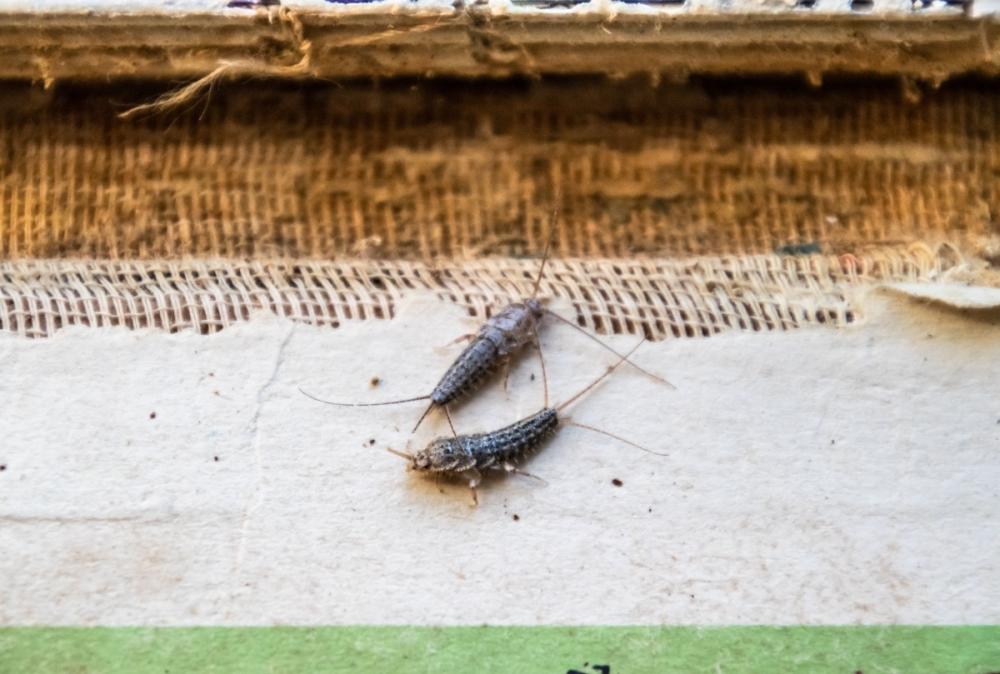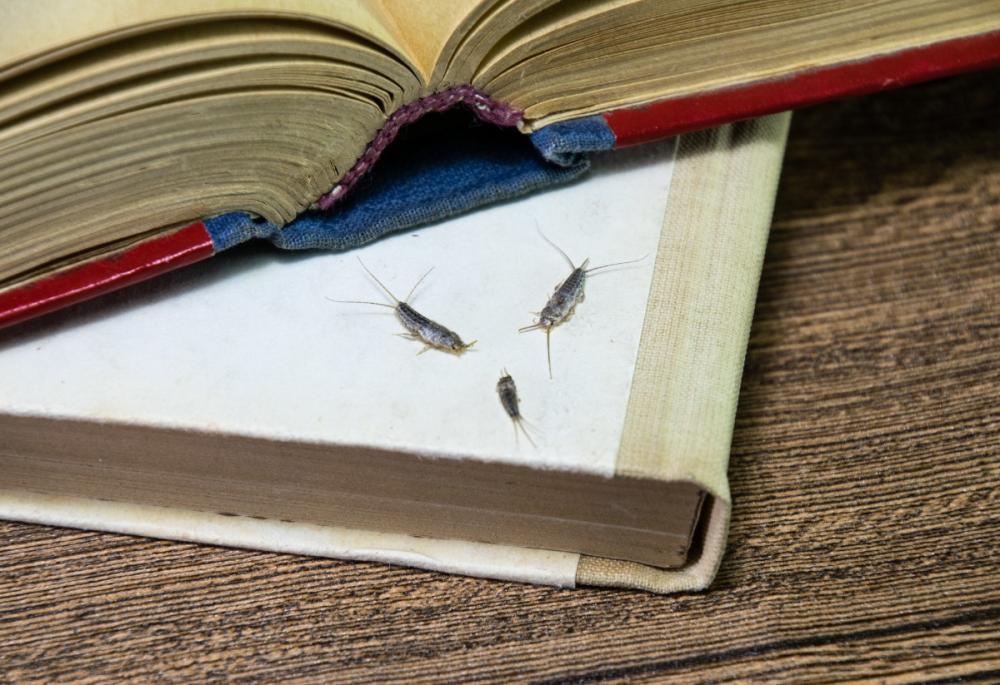search
date/time
 | Cumbria Times Weekend Edition |
1:00 AM 22nd November 2025
lifestyle
Creepy Insects Invading UK Homes: Expert Offers Advice To Prevent Infestation

Silverfish
Photo: Shutterstock
As a result, the experts at London rubbish removal company Clear It Waste have revealed key warning signs that you may have silverfish lurking in your home, and potential damage that could be caused. Advice is offered by Josh Clarke on behalf of Clear It Waste, on how to prevent damp and rising humidity levels, as well as prevent silverfish in your home.
What are silverfish?
Silverfish are small, silvery-blue coloured insects with a fish-like appearance. They thrive in humid environments like basements and bathrooms, and are nocturnal. They can be disruptive pests as they feed on starches and sugars found in paper, clothing, and stored foods, damaging various household items.

Silverfish
Photo: Shutterstock
Increased activity in damp and humid areas
Increased activity in humid and damp areas is a key sign of a silverfish infestation, as these spots can be an indicator that they’ve found their ideal habitat and may be causing a larger issue. Areas such as the bathroom, basement, attic, wardrobe, or a laundry room are the most common places where silverfish thrive and hide. In terms of spotting these insects, you are most likely to see them moving around at night-time.
Droppings and shedding skin
Silverfish commonly shed their scales or skin, leaving behind evidence of their presence. This often appears as small, yellow stains or small scales in places they have been. Their shed skin can be translucent, silvery or gray in appearance, but they are extremely small so can often be mistaken for dust. This shedding process can also leave a very small trail of fine yellow dust.
Silverfish droppings are also key signs of their presence and can be found in those same locations where they thrive such as bathrooms, basements, bookshelves, or paper products. The droppings appear as very small dark brown or black pellets, and resemble tiny specks of pepper, or small grains of sand.
Damage to items
Another key sign which may be slightly easier to spot is damage to items such as paper, books and clothes. Chewed edges on books or paperwork, and even clothes and fabrics, are a telltale sign of their presence in your home, as silverfish are known to feed on items that contain starch or cellulose.
4 tips on how to prevent silverfish in your home
Air out bathroom mats
A recent study found that almost 1 million Brits have never washed their bathroom mat and a further 6.29 million Brits wait 2 months or more before washing it. However, this is a key spot for silverfish to thrive on as it is a damp area in a humid space, a moist bathmat therefore increases your risk of a silverfish invasion. It is recommended to air out your bathmat after every use, and wash it regularly to keep it clean and fresh.
Control moisture and use dehumidifiers
Silverfish thrive in moist and humid areas, making moisture control essential to avoiding infestations.
Josh Clarke on behalf of London rubbish removal company Clear It Waste comments: “A great way to manage moisture is by using a dehumidifier. It works to remove excess water from the air and prevent moisture build up. To ensure it is used effectively, place it in areas prone to humidity such as bathrooms and kitchens.”
Fix leaky pipes and ensure vents are in working order
Leaky pipes can create a dark, moist, humid and damp environment, which creates the ideal space for silverfish, so it’s important to check for leaking pipes in your property, and if present, ensure to fix these leaks as soon as possible.
Clarke advises: “It is also essential to ensure any vents are properly repaired and working well to minimise the chances of a silverfish infestation. Well-functioning vents are important for controlling condensation levels in bathrooms, as the more condensation that builds, the more humidity levels increase.”
Make use of deterrents
There are various deterrents you can try to keep silverfish at bay. A common method is using lavender or peppermint oil. Simply dab some around any sinks, drains, toilets and pipes to deter them from these areas. Additionally, you could consider using silica gel packets in small spaces such as drawers to absorb any moisture.
It is recommended to block any entry points that could allow silverfish to enter the property. Seal any gaps or crevices around windows, doors, and pipes as they can fit through the smallest cracks. This can also help in preventing them from laying eggs on the property (which they can do very frequently), as females tend to lay them in cracks.
Tidying and cleaning potential hiding spots for silverfish regularly, such as the bathroom, basement, attic, wardrobes, laundry room, and those cupboard or drawer spaces is crucial for early detection of any infestations. Look out for those yellow stains, skin sheddings and droppings, which can indicate their presence. If you think you have an infestation issue, it is important to seek professional help to ensure that it doesn’t worsen.